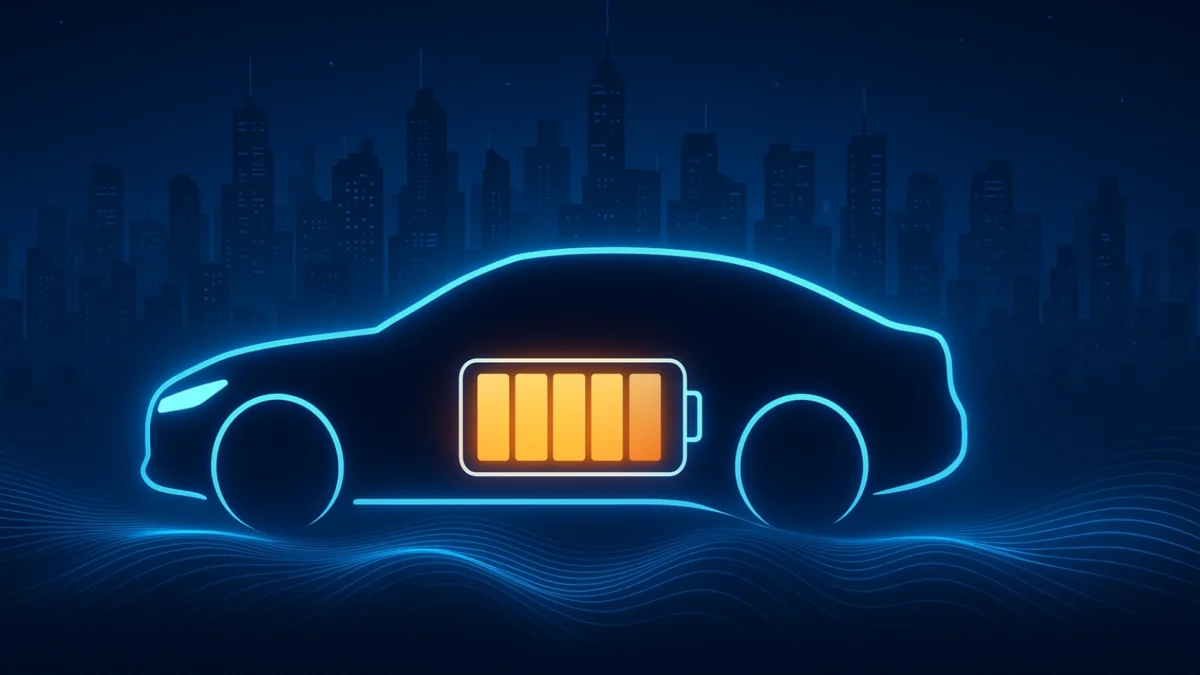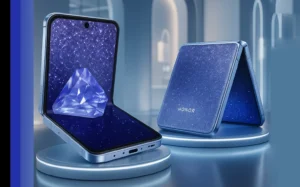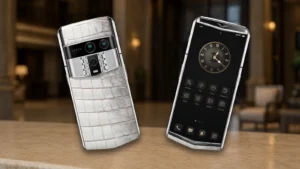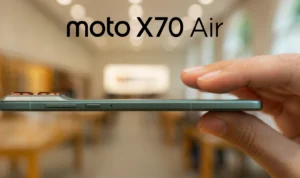People say solid-state batteries are the “future of energy.” They could make electric cars drive farther, phones last longer, and charging super quick. But here’s the real question: are we actually close to using them, or are they still just an idea?
What Makes Them Different
Today’s batteries (like the ones in phones and EVs) use a liquid to move power inside. A solid-state battery replaces that liquid with a solid material.
That small change could bring big improvements:
- More power in less space (cars drive farther, devices last longer).
- Safer (no messy leaks or fire risks).
- Longer life (batteries don’t wear out as fast).
- Faster charging (minutes instead of hours).
Sounds amazing, right? But making it real is harder than it seems.
The Progress So Far
Some big steps are happening:
- Stellantis & Factorial Energy built car-sized batteries that charge from 15% to 90% in about 18 minutes.
- BYD is testing a solid-state version of its Seal EV that could launch in 2027.
- SK On says it may bring them to the market by 2029.
So, real progress is being made — but most of these are still test projects.

The Big Problems Holding It Back
If these batteries are so good, why don’t we have them yet? A few reasons:
- Tiny cracks ruin everything – the solid layers need to fit perfectly, but even microscopic gaps can make the battery fail.
- Hard to build – making small lab samples is easy, but building millions of car batteries is way more complex.
- Too expensive (for now) – new materials and special machines make costs very high.
- Not ready for mass production – some experts say we might see a few models by 2027, but scientists warn it will take years before they’re common.
Why This Matters
Solid-state batteries could change everyday life:
- Electric cars could double their range and recharge as fast as filling up gas.
- Phones and laptops might run for days without charging.
- Energy storage could get safer and help more renewable energy like solar and wind.
Researchers, like those at UT Dallas, are studying how to fix the weak spots, but it’s a step-by-step journey.
FAQs
When will we see them in cars?
Probably around 2027–2030 for the first models, but they’ll be rare at first. By 2035, they could become more common.
Are they safer than today’s batteries?
Yes — solid-state batteries don’t have flammable liquid inside. But they still need to prove they can handle real-world stress.
Will they cost more?
Yes, in the beginning. Over time, as factories improve, prices should come down.
Key Takeaway
Solid-state batteries are real, not science fiction — but they’re not arriving tomorrow. The first ones might show up in fancy cars soon, and phones a little later. For now, they’re a future promise slowly becoming reality.
Last Updated on October 18, 2025 by Lucy




